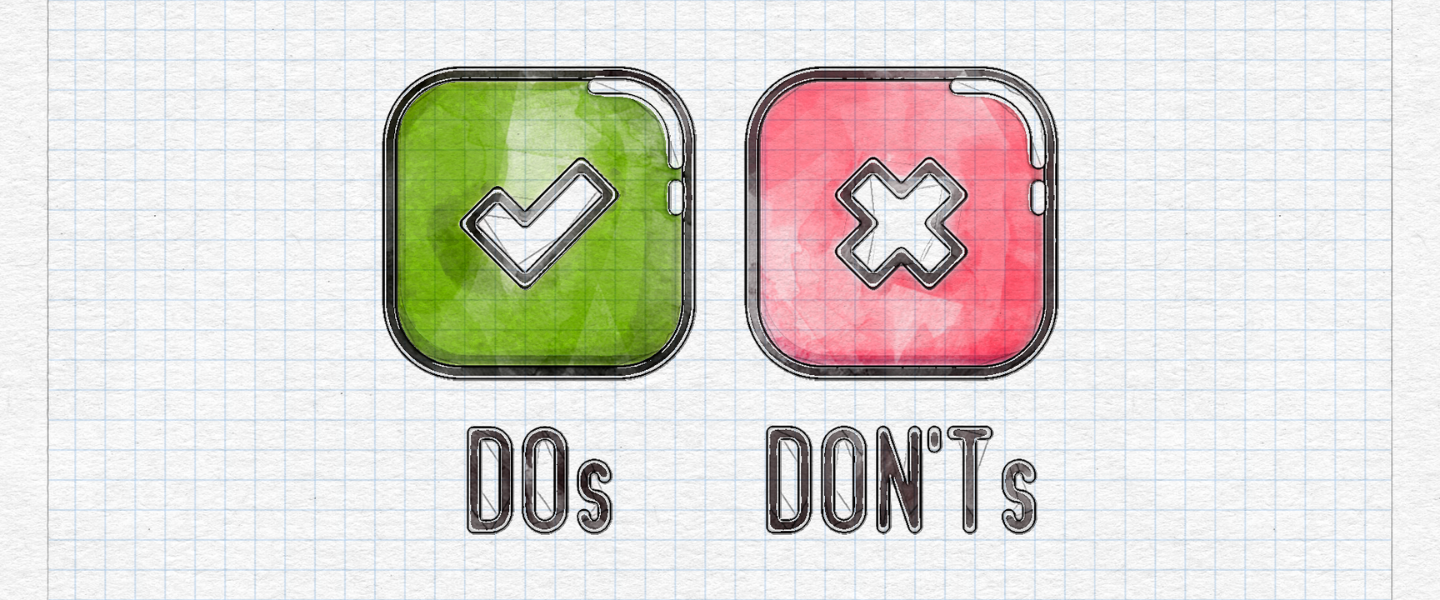The Oxford English Dictionary defines feedback as advice, criticism or information about how good or valuable something or someone’s work is. It is helpful information that can improve someone’s performance in the workplace or anywhere else. As employees, we anxiously wait for feedback from our managers or bosses. We learn to take it in our stride and as information that will help us move and perform better in the future. We must remember that feedback is a two-way street, collecting employee feedback is as essential as employers giving feedback.
Eric Robinson, the blog author, ‘Why Employee Feedback is Important, How to Give and Receive it’ (https://www.hotjar.com/blog/employee-feedback/#5-strategies-for-giving-effective-actionable-employee-feedback)
defines Employee feedback as- ‘any information exchanged by employees regarding their performance, skills or ability to work within a team’. He considers giving and receiving feedback an essential part of an organisation’s long-term success. He says that ‘companies are built on professional relationships and the strongest relationships are built on effective communication’. Despite the nature of the feedback i.e. positive, constructive, and negative feedback, it is necessary as it facilitates effective communication and helps understand the challenges a team may face. It offers support and realigns priorities and overall allows a manager to do better. Collecting and accepting feedback, and being open and adaptable to the needs of one’s team makes a manager a leader.
Employee feedback can be collected only when you have created a comfortable environment– safe and inclusive workplaces where employees can freely express their issues and opinions is the first step to take if one wants candid feedback. Employees must know that their opinion matters, they must know that their ideas, perspectives and questions are valuable and that they contribute to the overall success of the company. (https://officevibe.com/blog/how-get-employee-feedback)
As stated above, feedback is a two-way street, and for a team to thrive, management must also learn to take feedback in the right spirit. Nora St-Aubin an SEO Technical writer talks about building an enabling loop. A loop in which feedback is continuous, concerns and comments are analysed and then an informed decision is made. This supports the team and encourages innovation, productivity and creativity.
Giving timely and live feedback is also important. Mental health experts often advise against bottling up one’s feelings or emotions. Similarly, feedback, especially negative ones should not be bottled up or given annually. The negative feedback tends to grow into a major issue and when it is shared after weeks or months it makes the person on the receiving end defensive. It also deprives the receiver of time and the opportunity to work on their weaknesses and thus, wastes time.
In the workplace, we have been able to narrow down, the ways or methods through which employee feedback can be collected. Some of them are:-
New Employee Surveys
The first three months of an employee at a new job are crucial for their engagement and satisfaction. Sending them a new employee survey helps in knowing their initial experience in the organisation. The survey can comprise questions related to how the work environment is, are their goals reasonable, how they’re settling in etcetera. Keep updating such surveys and gather feedback through other means as well. For instance, if your exit survey data indicates that poor manager relationships are responsible for a high 90-day turnover rate, ask new employees about manager relationships. (https://www.kallidus.com/resources/blog/8-ways-to-collect-employee-feedback/)
Employee Engagement Surveys
These should be distributed and collected quarterly and can be collected annually. This helps in gathering a large amount of employee feedback at once. They are easy to understand and can be used to collect specific information. They can be used to collect anything or everything that impacts employee satisfaction, engagement and, retention.
Stay Interviews
This can be used for high-performing individuals. They are an effective way of collecting feedback and the same can be used to retain such high-performing employees. This method requires managers to sit down with such employees and learn what they like most and least about their job, why they continue to work for you and what might make them leave.
The results of this interview can help in creating ‘stay plans’ for the top performers in your organization. They should outline opportunities for training and advancement, and address any other feedback discussed.
Pulse Surveys
This particular method is the best way to get and maintain a high-level view of what one’s team needs and feels in real time. Such surveys help in spotting fluctuations and help in keeping distributed teams in touch with each other and managers too.
Keeping a pulse on employee satisfaction with a weekly employee feedback survey helps in understanding how your employees feel and staying connected with your team members by discovering sore spots before they lead to larger challenges.
The above-mentioned methods are a few of the several methods one can use. However, it is important to know which method suits your team best. While some employees may be comfortable with offering candid feedback, some might prefer doing the same face-to-face and some might go for an anonymous, more private conversation/survey. Keeping in mind what your employees are comfortable with also goes to show that you respect their decisions and you will accept and reflect on the feedback they provide as well.










